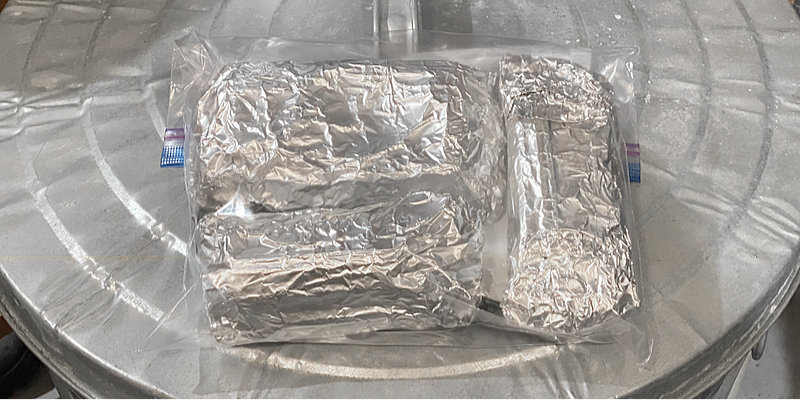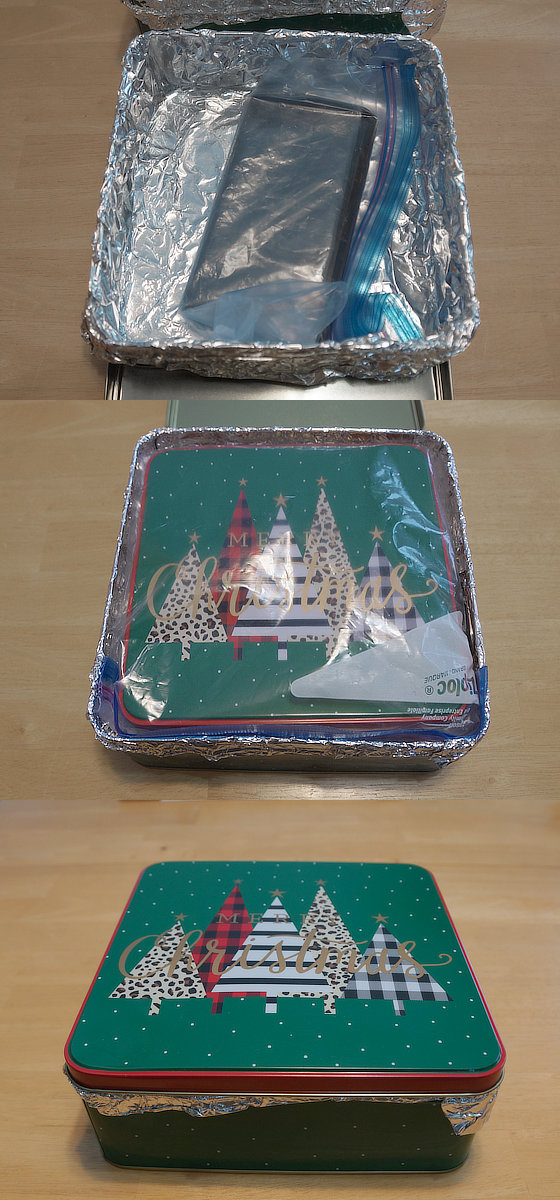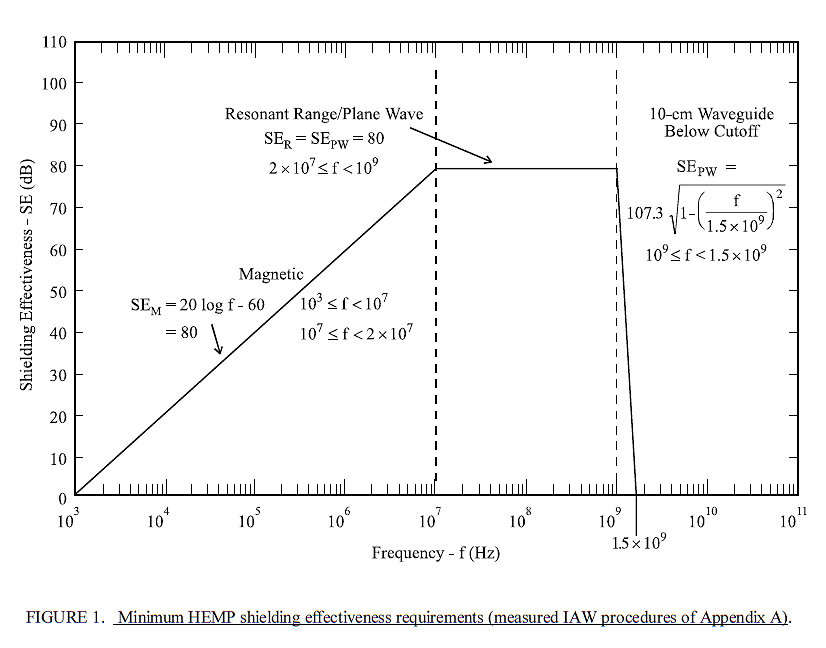Multiple Layer Faraday Cage Shielding For Better EMP Protection

It’s pretty common knowledge to use a galvanized trash can (and lid) as a poor man’s Faraday cage. I’ve written about it a few times here on the blog (as well as other EMP related articles). However is a galvanized trash can good enough to actually protect electronic equipment from EMP? I decided to do a simple test on this, and another test utilizing multiple layers of protection. Here’s what I found…
- It is my opinion that a single galvanized trash can is not good enough Faraday protection from EMP.
- Two layers (nesting) appears to be sufficient attenuation to potentially mitigate EMP.
Okay let me get into it a little bit… My research has indicated that most EMI (electromagnetic interference) attenuation that you might expect from a galvanized trash can with a tight fitting lid is about 40 dB. Maybe 50 dB with a very well sealed lid. That’s not bad. But that’s not great either. Especially if we’re talking about an electro magnetic pulse ranging from 10 KV to 50 KV per square meter!
Technical Note: EMP energy is mostly between 100 KHz and 1 GHz.
The U.S. military requires a minimum EMP hardening of 80 dB in the plane wave field from 10 MHz to 1.5 GHz in accordance with MIL-STD-125-1 and -2. There are other related MIL standards too, one of which is also mentioned below (graph).
My EMP Faraday Testing Method
I do not have any fancy test equipment / analyzers to measure EMI / RF (outside and inside the Faraday cage). However, I do have an iPhone. Common mid-band frequencies used for cell phone carriers (4G LTE) range from 1Ghz – 2.6 Ghz. This will work for my general layman tests…
I know that today’s cell phones are very very good at pulling in weak signals, so if I could get that signal totally blocked, I would feel pretty good about that Faraday method…
The phone was slipped into a Ziploc bag (electrically insulating) and then placed inside a galvanized trash can (lined with cardboard) and with tight fitting lid. I used Mrs. J’s phone to call myself. It rang right through.
Next I decided to try some ‘Christmas Tins’ that I had purchased awhile ago for this test (while forced to visit a ‘Hobby Lobby’ store with Mrs. J). They were on sale :=)
The lid seal edges were painted so I had to use heavy duty aluminum foil to make a good electrical conducting seal. Here’s what I found out… The phone rang through the sealed tin. However, after nesting two of them (each insulated from each other in a Ziploc), there was no ringy dingy. It worked! Two layers did the trick.

Are the results of nested Faraday enclosures approaching 80 dB? Yes I believe that may be an approximation. I do know there are variables in design, materials, and other factors – and I don’t want to get down into the weeds with all that. Instead, I’m pointing out the probability that a typical sealed metal enclosure like a galvanized trash can is likely not enough protection from EMP by itself.
Use Aluminum Foil To Nest 2 Layers Of Protection
Easier to do with smaller devices such as handheld 2-way radios, portable radios, etc..
So you already have a galvanized trash can for a poor man’s Faraday cage. You may get approximately twice the protection (EMI / RF attenuation) if you insulate (e.g. Ziploc bag) the device itself, wrap it in heavy duty Aluminum foil, and Ziploc it again – before you place it inside the can with the other stuff.
The photo up top shows two foil wrapped Baofeng radios and its charger – insulated in a Ziploc bag – which in turn goes into the galvanized trash can ‘Faraday cage’. Two layers of EMP protection.
Even without a galvanized can, simply do what I just described, but with at least two foil layers insulated from each other for similar protection.
I always have one of these around here:
Kirkland Signature Heavy Duty Foil 18″ X 500′
(view on amzn)
Conclusions
Relying solely on a galvanized trash can for EMP protection may not be enough at approximately 40dB attenuation.
Multiple layers of shielding / protection may increase overall EMI attenuation (EMP protection).
Multi-layer shielding such as wrapped aluminum foil inside galvanized trashcan may help to meet MIL spec (Insulate contents and layers from each other).
REFERENCE:
From Department of Defense, MIL-STD-188-125-1, High Altitude Electromagnetic Pulse Protection For Ground Based Facilities Performing Critical Time-Urgent Missions,
Minimum HEMP Shielding Effectiveness Requirements

MISSION DARKNESS
(Faraday store on amzn)

[ Read: Will EMP Destroy Anything Electronic NOT Plugged Into The Grid? ]
[ Read: What Items Do You Store In Your Own Faraday Cage? ]
